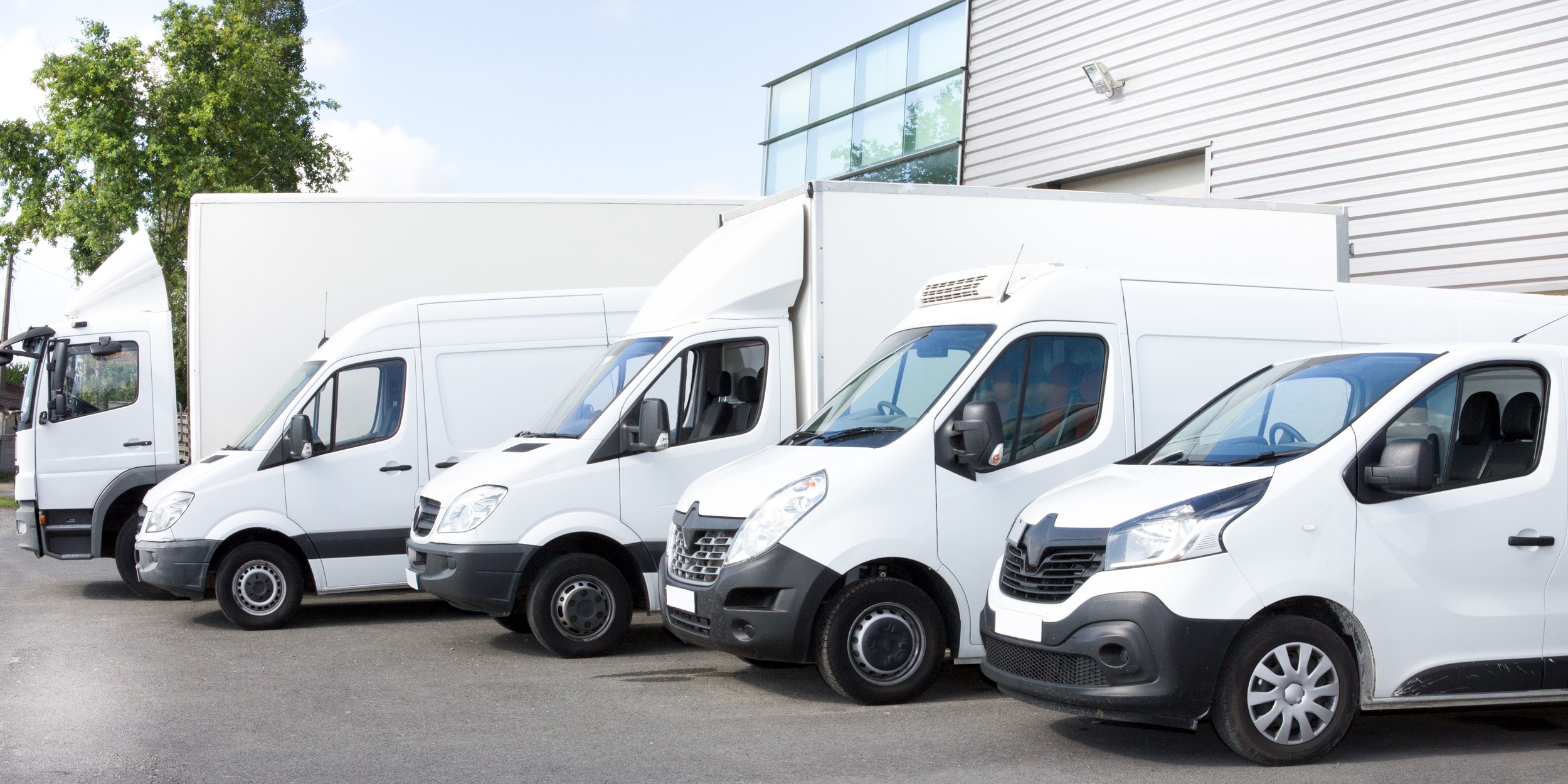A refrigerated van is a vehicle with the same characteristics as a refrigerator. These trucks carry things that must maintain a specific temperature, such as meals that must remain cold to remain fresh. Therefore every business that transports perishable goods despite its state, existing or start-up, needs to invest in a refrigerated van, find out more. A company’s reputation is crucial in every business, and maintaining fresh produce when delivering fresh is a great way to build upon that reputation. Purchasing a refrigerated van is not a simple task. One needs to make a few considerations such as the load capacity, size, and temperature control available. Moreover, when buying a refrigerated van, you need to ensure that the van meets the company’s needs and requirements.
Here are some guiding tips to follow when buying a refrigerated van
1. Consider the temperatures
Temperature is one of the first options to consider when buying a refrigerated van. Temperatures are the most critical option for perishables such as foods, medicine, and flowers. Therefore, ensure that when you are buying a refrigerated van, the vans’ temperature control is within the range of what your items require. For instance, the needed temperatures range from 5 and 7 degrees Celsius. Secondly, when transporting food, your vehicle may need two compartments, one for keeping items at room temperature and the other for chilling. There are also the ideal temperatures for meat, fish, poultry, and dairy products. Therefore, ensure you invest in a refrigerated vehicle to transport them.
2. Consider the goods you intend to carry in your refrigerated van
You may pick from a variety of freezer vans. The type of products and the temperature will determine the type of van you purchase, as well as its size. An insulation-only vehicle is meant to keep the interior cooler and avoid overheating on hot summer days. It doesn’t have a built-in refrigeration system, but it’s perfect for florists and other similar enterprises. Furthermore, chiller vans, semi-freezers, and full-freezers are available to provide the complete range of temperatures required by your organization.
3. Consider your payload
Another factor to consider is the size of your load and how it will fit in your truck. If you’re hauling meat or poultry, you’ll need plenty of room to hang your goods; this implies you’ll need a much larger truck. You should maximize space while yet having quick access to the information. For the majority of firms, this is a difficult trade-off to make. The last thing you want is vehicle components or bad design to eat up inside the room in your refrigerated van.
4. The door design of the refrigerated van
Most firms overlook this aspect when purchasing a van. If you’re transporting perishables to many locations, you’ll want to keep the temperature as consistent as feasible. The temperature lowers when you open the doors, though. Consider whether your car has rear or side doors or both and how well they are protected. How you organize your daily deliveries and the sort of product you transport will determine a lot. You could wish to use strip curtains or another strategy to keep the temperature rising during the delivery.
5. Ensure they have the correct wheelbase
When transporting specific product types and, for example, employing pallets, the space between the wheelbases is critical. When it comes to vans, whether refrigerated or not, there are three basic types of wheelbase:
The wheelbase is long (LWB)
The wheelbase is medium (MWB)
The wheelbase is short (SWB)
On the other hand, the dimensions of these are not standard and vary significantly depending on the van’s make and type. When you contact our experts at FridgeXpress, we’ll be able to provide you with advice based on your specific requirements.
In conclusion, when buying a van, ensure that the above aspects are considered. This will ensure you buy the best-refrigerated van for your business.




